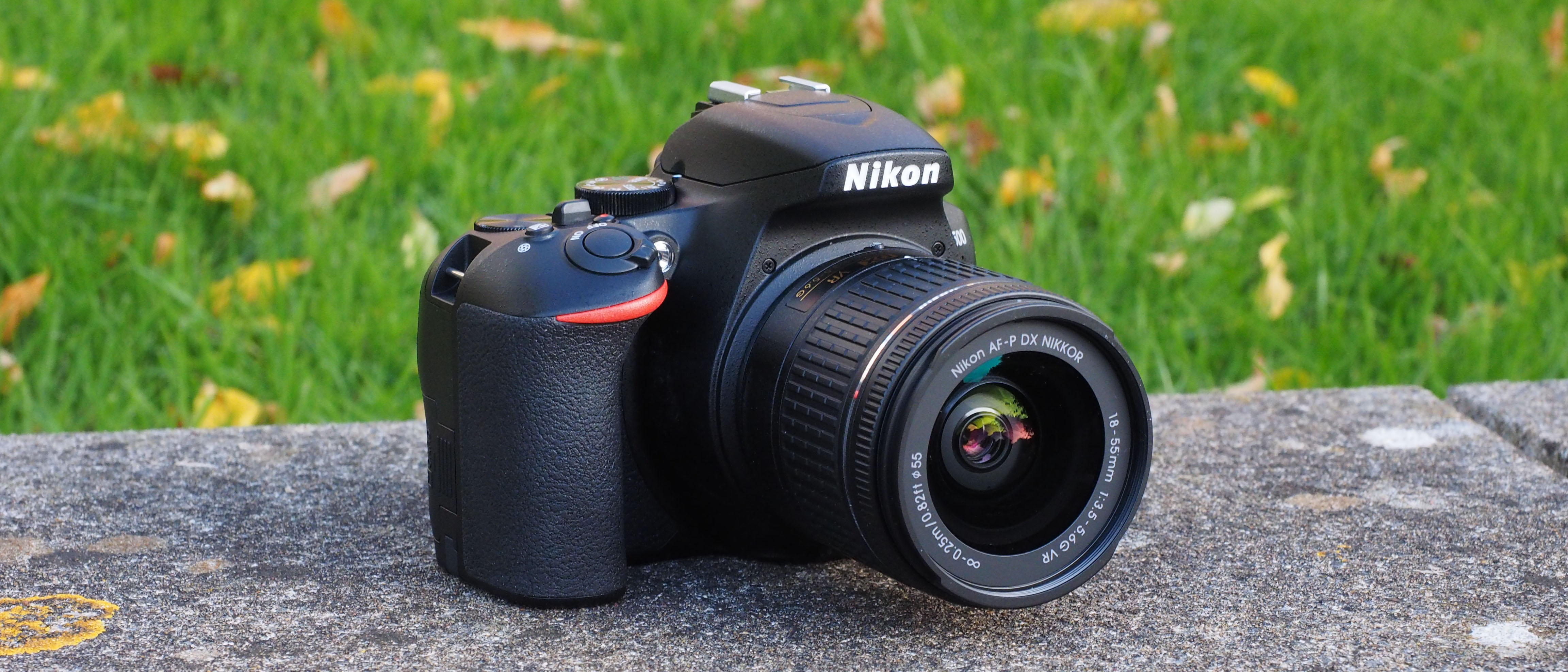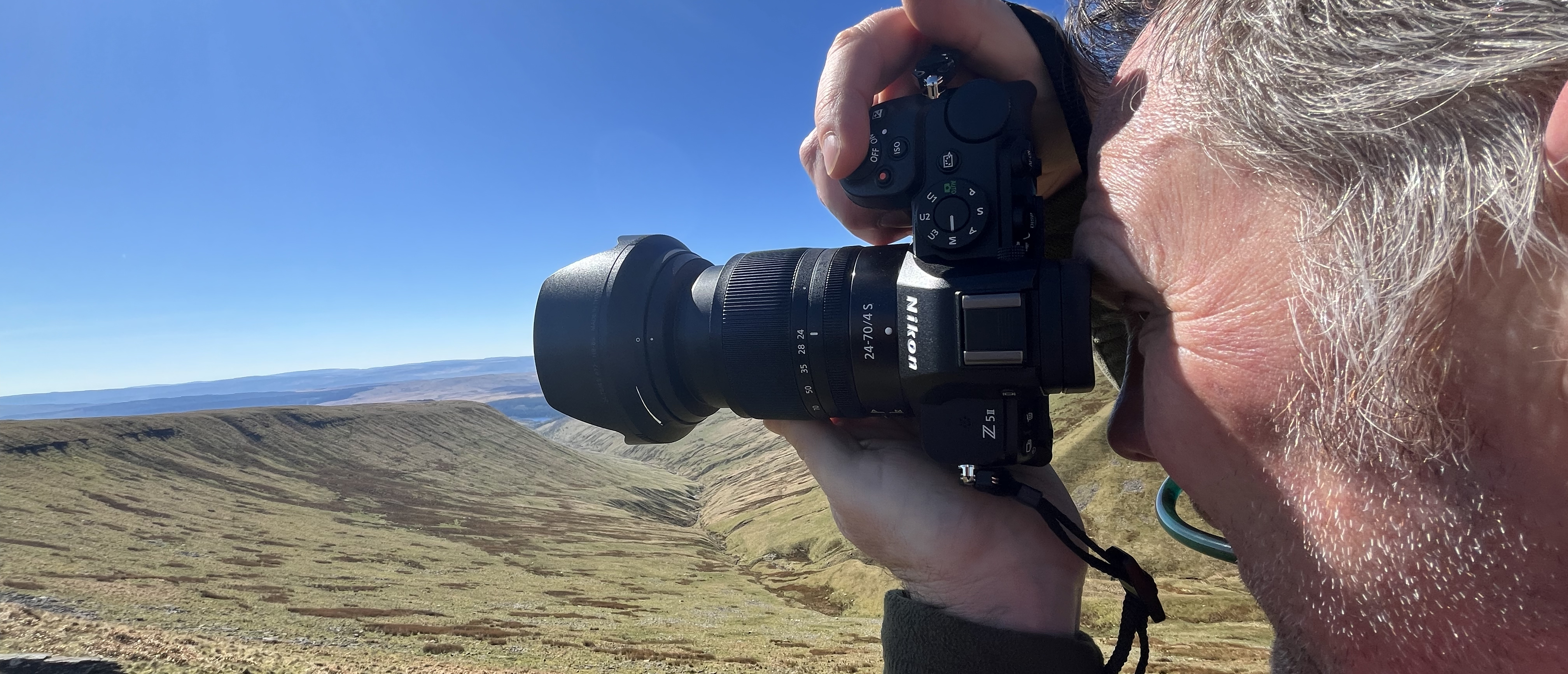Digital Camera World Verdict
The Nikon D3500 is one of our favorite DSLRs for photography students – or for anyone who is looking for a low-cost way into serious image taking. It was launched way back in 2018, and even back then it wasn't much of a update on the D3400 that went before it. However, beginner cameras don't have to be cutting edge – they have to be straightforward, affordable, and just plain good. And that's what the D3500 delivers. It's basic in many respects but the 24MP sensor at its heart is very good, and the little Nikon can call on a huge range of Nikon DSLR lenses. Old or not, the D3500 is one of those cameras that looks just as good now as when it was launched.
Pros
- +
Value for money
- +
All-round image quality
- +
Beginner friendliness
- +
Responsive autofocus
- +
5fps continuous shooting
Cons
- -
Fixed rear screen
- -
No 4K video
- -
Relatively slow live view AF
Why you can trust Digital Camera World
The Nikon D3500 was launched at the end of 2018 as a modest update to the evergreen Nikon D3400, a starter DSLR we've been championing for years. It's a basic-looking camera with a fixed rear screen and no 4K video, but it has all the manual controls that photography newbies will need and its image quality is really very good. All this guarantees the D3500 a place in our list of the best cameras for beginners and best student cameras.
The D3500 isn’t just Nikon’s cheapest and simplest DSLR, it’s also its lightest, weighing just 415g, body only, and that’s with the battery and a memory card. It will usually come with a lightweight 18-55mm AF-P kit lens which has a retracting mechanism to make it more portable when it’s not switched on. It’s not quite as small as a mirrorless camera, but the battery life alone makes a good case for the classic DSLR design, and the D3500 but is light, fast enough and cheap enough to make a great travel camera.
This camera is designed specifically for beginners, with simplified controls and a built in Guide Mode to help new users learn the basics. But it’s also compatible with a wide range of F-mount Nikon lenses, from Nikon and third-party makers, and has a good enough specification to please enthusiasts as well as beginners. So is this one of the best cheap cameras you can get? You bet.
Specifications
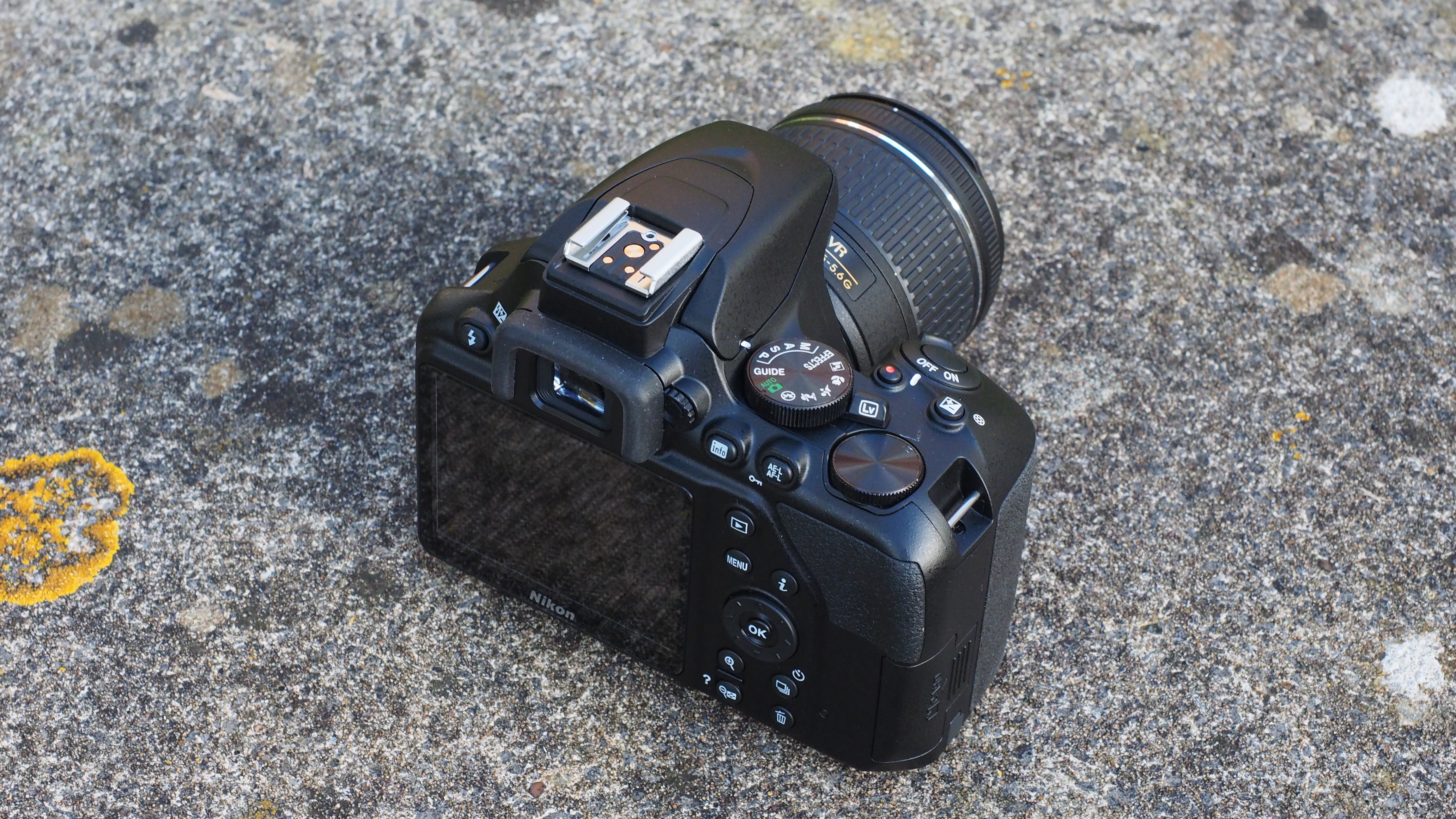
Camera type: DSLR
Lens mount: Nikon F
Sensor: 24.2MP APS-C CMOS 4, 23.5 x 15.6mm
Full frame: No
In-body image stabilization (IBIS): No
Image processor: EXPEED 4
AF points: 11-point AF, 1 cross-type
ISO range: 100 to 25,600
Max image size: 6,000 x 4,000px
Metering zones: 420 pixel RGB sensor
Video: 1920 x 1080 at 60p, 50p, 30p, 25p, 24p
Viewfinder: Optical pentamirror, 95% coverage
Memory card: SD/SDHC/SDXC UHS I
LCD: 3.0-inch fixed, 921K dots
Max burst: 5fps
Connectivity: Bluetooth
Size: 124 x 97 x 69.5mm (body only)
Weight: 415g (body only, with battery and memory card)
Key features
Inside, the D3500 has a 24.2-megapixel APS-C 'DX' sensor. It might be a beginner-level camera, but that’s as high as most APS-C cameras go, even today. It also has an unusually good 5fps continuous shooting speed, where most rivals in this price bracket can only manage 3fps. Mirrorless cameras can generally shoot a little faster, but cost a little more too.
Nikon does not use in-body stabilization in its DSLR cameras, but many Nikon lenses, including the AF-P 18-55mm lens bundled with this camera, come with Nikon’s VR (Vibration Reduction) system. There are cheaper kits on sale with a non-VR lens, but we think it's worth paying the extra.
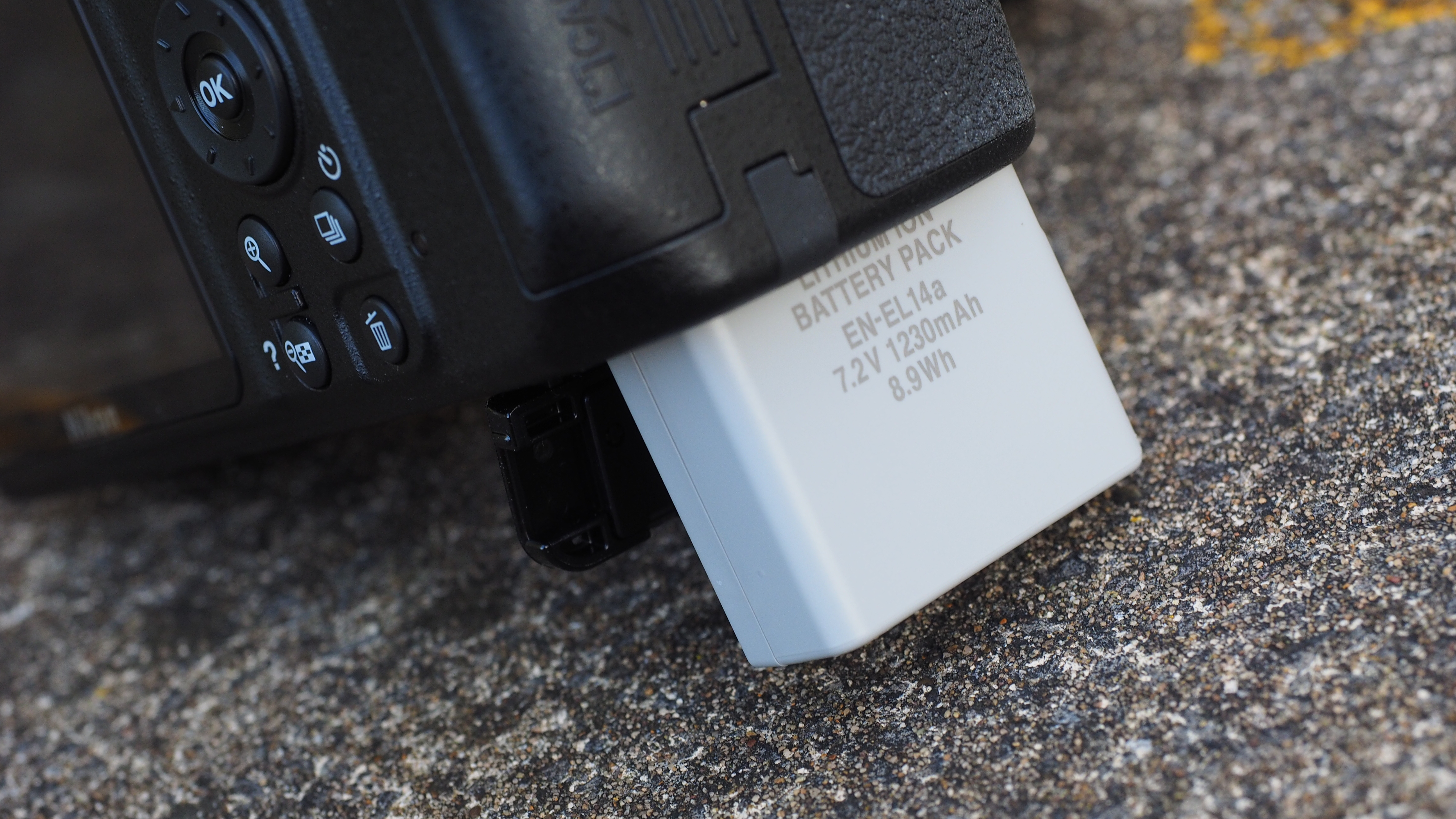
You don’t get 4K video capability with this camera, but it can shoot full HD 1920 x 1080 video at up to 60/50fps. You don’t get Wi-Fi, either, but built-in Bluetooth does let you transfer images to your smart device and, in this latest model, fire the shutter remotely using your smartphone. To be honest, you're unlikely to use this camera for video. Its live view autofocus is a little too slow and the fixed rear screen is a drawback in itself.
Nikon says it’s upgraded its sensor and EXPEED image processing system over the previous D3400 to give improved speed, detail and colours. It’s also uprated the battery life, quoting a pretty amazing 1,550 shots on a single charge – that’s four or five times more shots than you’d expect to get from a mirrorless camera. This is a key point; if you're out all day shooting, the average mirrorless camera could pack up by lunchtime unless you have spare batteries or a power bank, but the D3500 could keep going into the evening.
The D3500 does shoot raw files, as you’d expect, but these are 12-bit only, rather than the 14-bit raw files captured by models further up the Nikon range. Will you notice the difference? Probably not, as even a 12-bit raw gives a much wider tone and colour range than regular JPEGs, and for the users this camera is aimed at, the differences are likely to be academic.
Build and handling
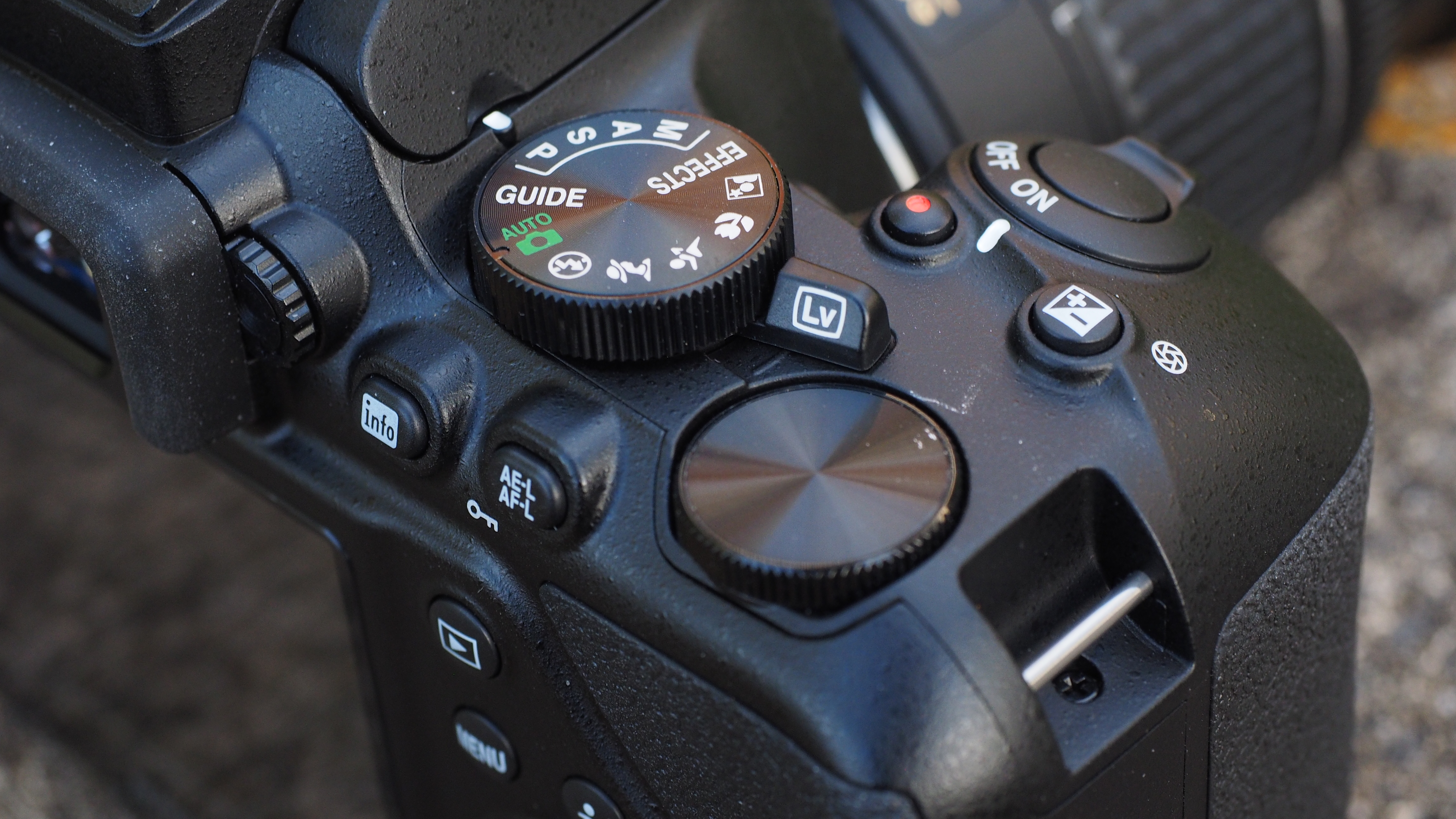
If you’re comparing the D3500 against mirrorless alternatives, its body is going to seem pretty fat and chunky by comparison. This does give you a good grip on the camera, though, and a redesigned button layout on the rear makes the D3500 easy to handle without accidentally pressing buttons you didn’t mean to.
The rear screen is not touch-sensitive, so you’re reliant on the physical buttons and dials (no great hardship, it has to be said). The screen is fixed, without even a tilting mechanism for low angle shots, but you have to accept some compromises at this price. The display quality is very good, though, with sharp detail and bright, clear colours. The information display is especially good, showing you graphical representations of the shutter speed, lens aperture and ISO setting, and this goes a long way towards demystifying exposure settings and how they interact.

The main mode dial on the top of the camera is clearly labelled and has a positive, solid feel. Right alongside is the camera’s single control dial, which also has a really good feel. It’s unmarked, and its function changes according to the mode you’re in.
DSLRs need a thicker body to accommodate the mirror mechanism, and by the time you’ve added on the 18-55mm AF-P kit lens, the D3500 is as long as it is wide. The retracting mechanism on the lens does make a difference, though. The only annoyance is the constant reminder that you need to extend the lens first before you can start shooting.
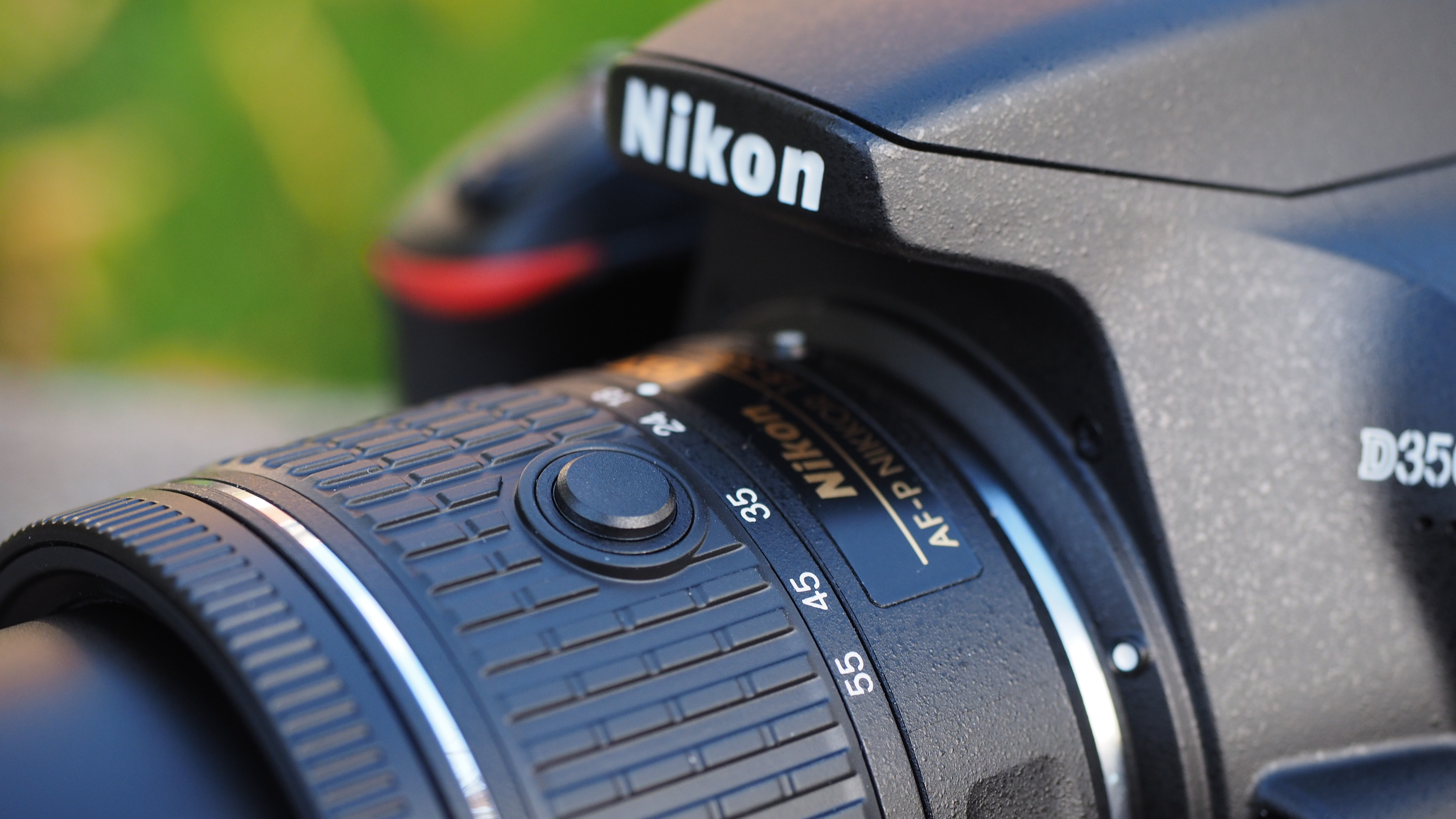
Otherwise, the D3500’s handling is really good. The power switch is around the shutter release button where it’s easy to flick with your index finger when you want to switch the camera on and off, and both the main mode dial and control dial are within easy reach of your right thumb.
The viewfinder might only be a cheaper ‘pentamirror’ design rather than the pentaprism found in more expensive DSLRs, but its bright and clear, you can see right into the corners of the frame without shifting your eye and there’s no colour fringing at the edges. The information display is limited to basic exposure and status information along the bottom, but this is big, clear and easy to see.
The D3500’s viewfinder doesn’t offer all the information and colour/exposure information of an electronic viewfinder on a mirrorless camera, but its natural, lag-free ‘naked-eye’ look is quite refreshing after a digital display. It’s wrong to say optical viewfinders are inferior to the electronic type, they’re just different. This is one of the central arguments in the DSLR vs mirrorless camera debate.
Performance
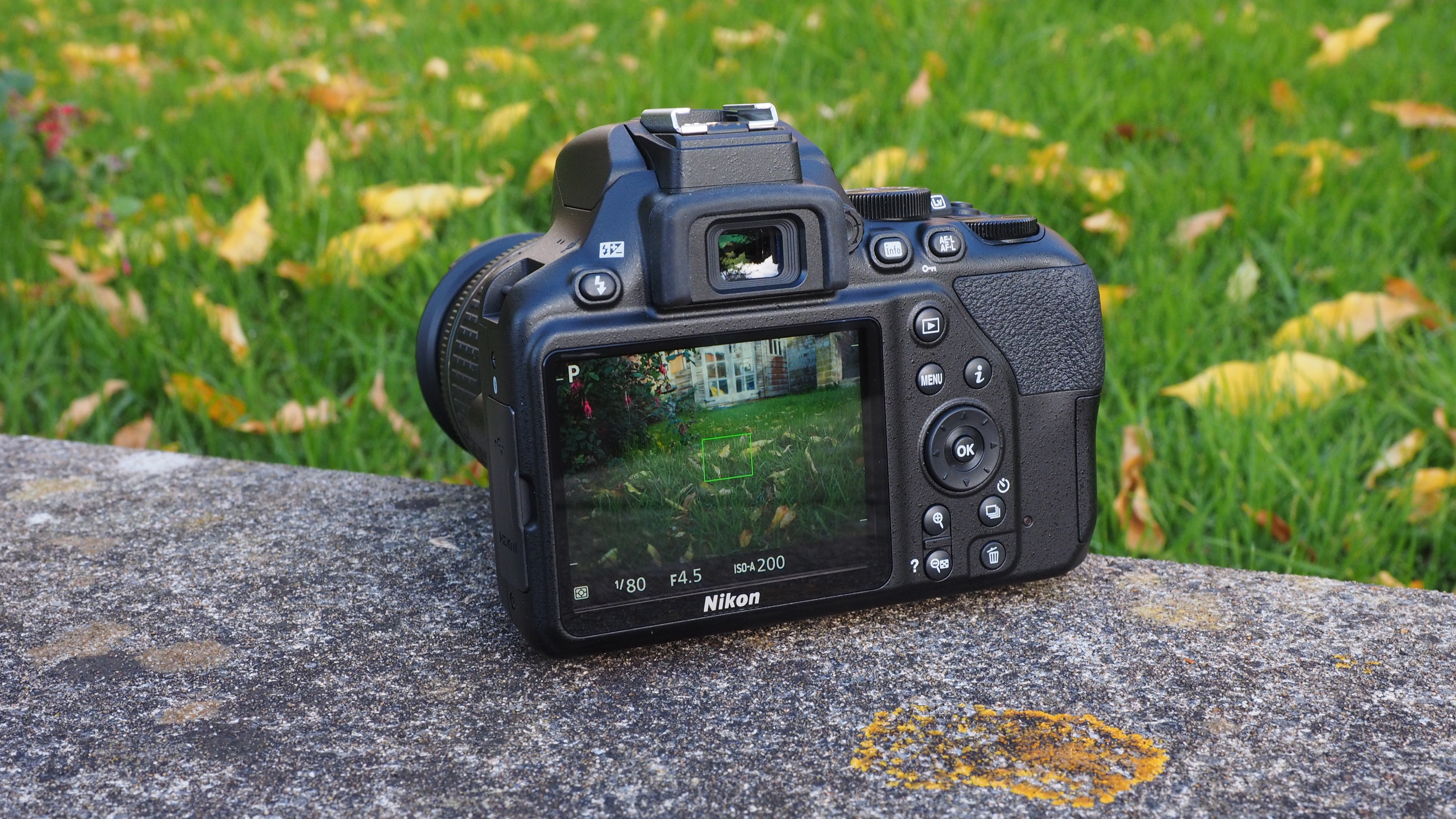
The D3500 feels very responsive. The autofocus beep is a bit loud, but the AF-P lens’s autofocus is so swift and quiet that you need some audio feedback to let you know it’s focused.
In viewfinder shooting, the 11 AF points are clustered towards the middle of the frame, but if your subject is near the edge it’s easy enough to focus and then reframe before shooting. You can let the camera choose the focus point automatically or select it yourself; either way it’s very fast, and very positive.
In live view mode you can select a focus point anywhere on the screen. In the absence of touch control you have to use the four-way buttons on the back of the camera to move the AF point, which is a bit slow. The live view autofocus itself, though slow by mirrorless standards, is unexpectedly responsive.
Nikon does not use on-sensor phase-detection autofocus in its DSLRs, relying on slower contrast-based autofocus instead. Or at least it should be slow. But somewhere along the line Nikon has found a way to make the D3500’s live view AF feel almost as responsive as a mirrorless camera’s, and we think it’s down to the AF-P autofocus technology in its kit lens.
(Indeed, swapping to one of Nikon’s AF-S lenses confirmed that it’s the AF-P system that’s providing the speed.)


Our lab tests show that the D3500’s image quality is very much on a par with its rivals. There are slight differences here and there in resolution, noise and dynamic range, but these show up more in lab tests than they do in real-world shooting. In practice, the D3500 delivers sharp, vibrant and very well exposed images, and the 18-55mm AF-P lens performs really well for an inexpensive kit lens, with consistent sharpness across the focal range and right to the edges of the frame. There is some colour fringing and distortion in its raw files, but if you enable the in-camera lens corrections you won’t see this in its JPEG images – and most photo-editors now apply in-built lens correction profiles to raw files.
It may be a beginner level camera, but if you put its images alongside those from the best ASP-C cameras out there you might find it pretty difficult to tell which camera was used.
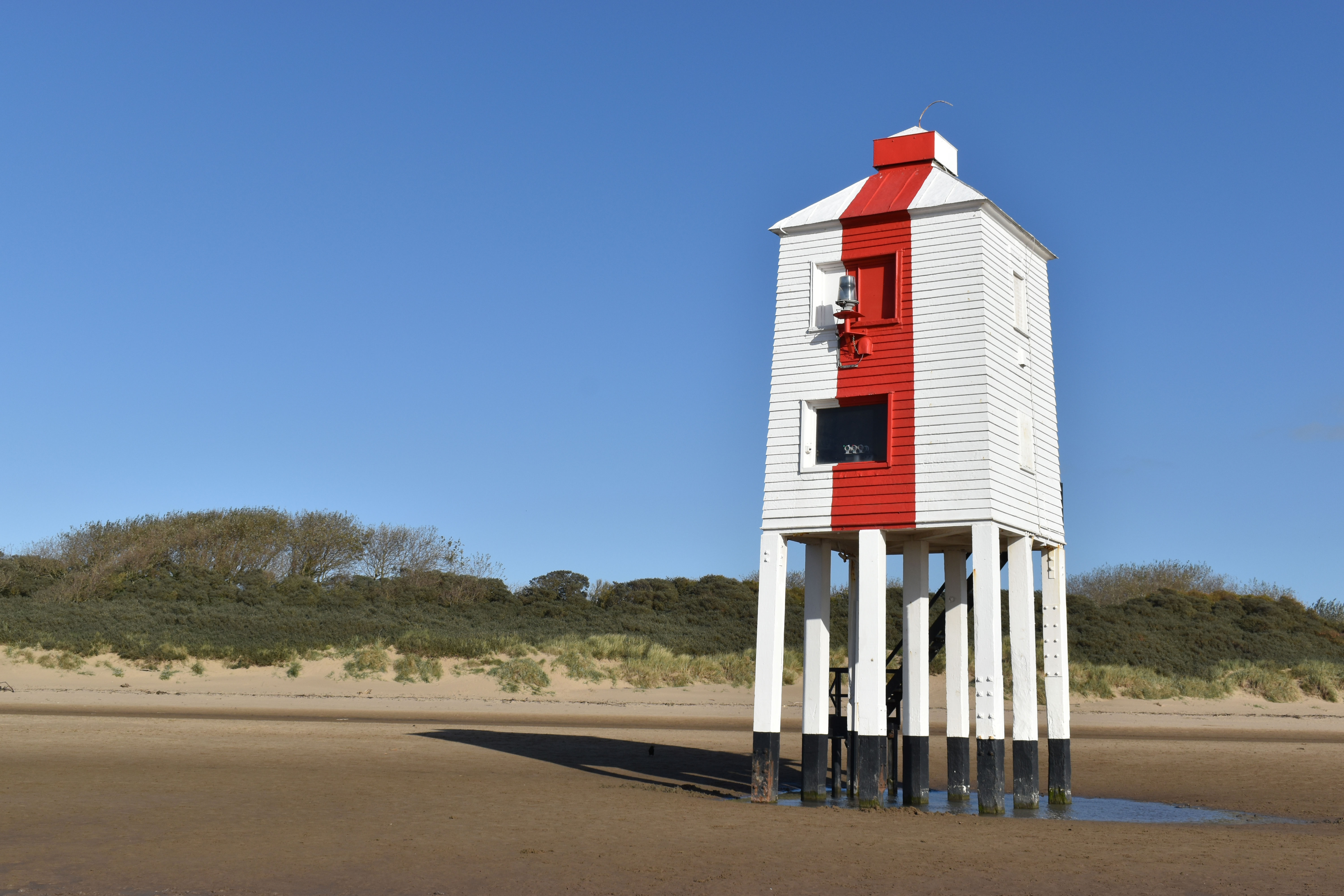
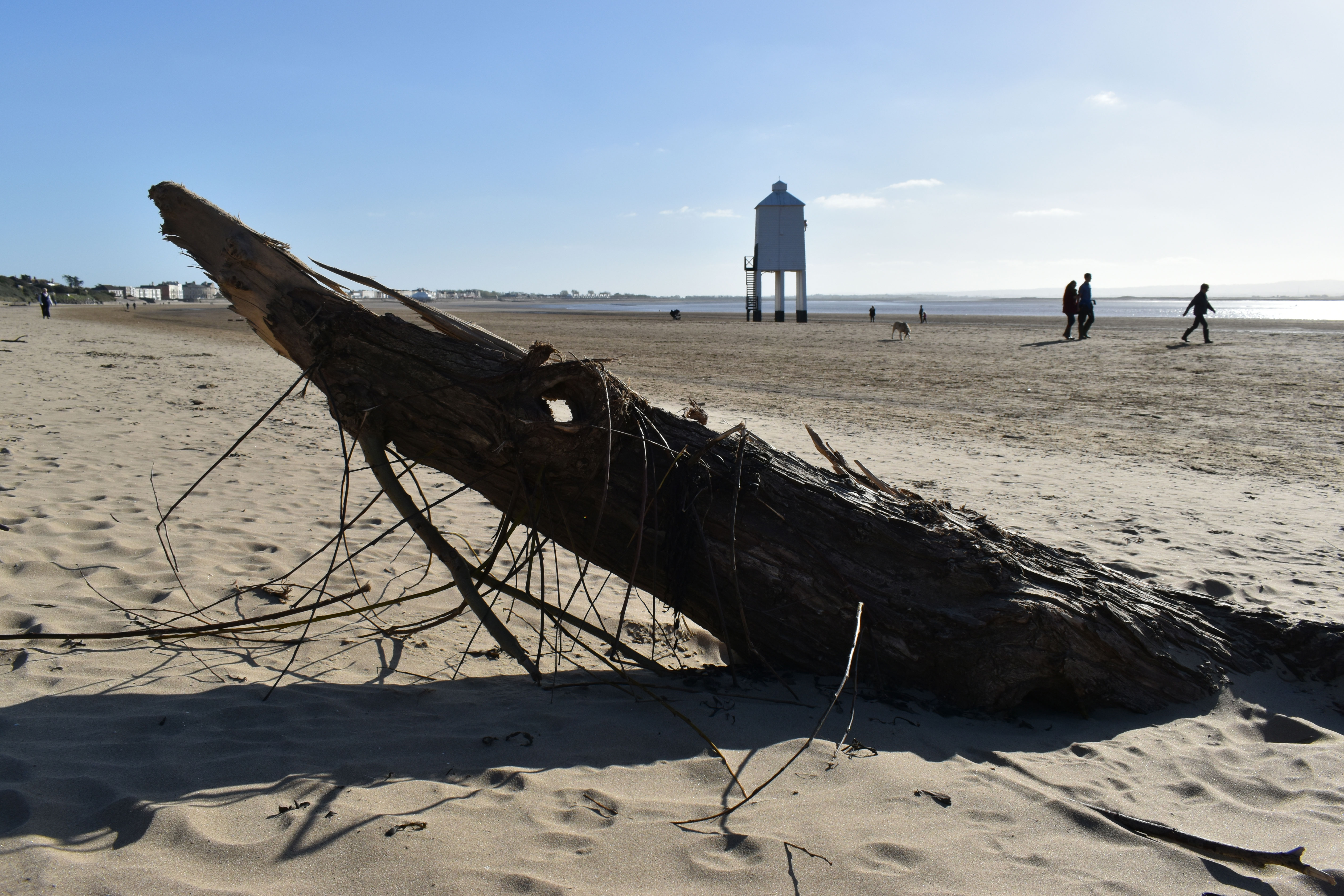
Lab tests
The entry-level interchangeable lens market is pretty crowded, and the chances are that you’re not just looking at DSLRs but mirrorless cameras too. The choice becomes a lot narrower if you want a camera with a viewfinder, however, especially at this price, so we rounded up three rival cameras that meet this basic requirement at the time of the D3500's launch. The Canon EOS Rebel T7/2000D is the Nikon's closest competitor on price and still available now, though it's not one of our favorite cameras. The Sony A68 made an interesting and more powerful alternative as one of the last Sony SLT cameras still on sale at the time, but it's no longer available. We also included the Fujifilm X-T100 as an underrated mirrorless DSLR-style camera that was little more expensive, and has now been replaced by the X-T200 – a great camera, but in a higher price bracket now.
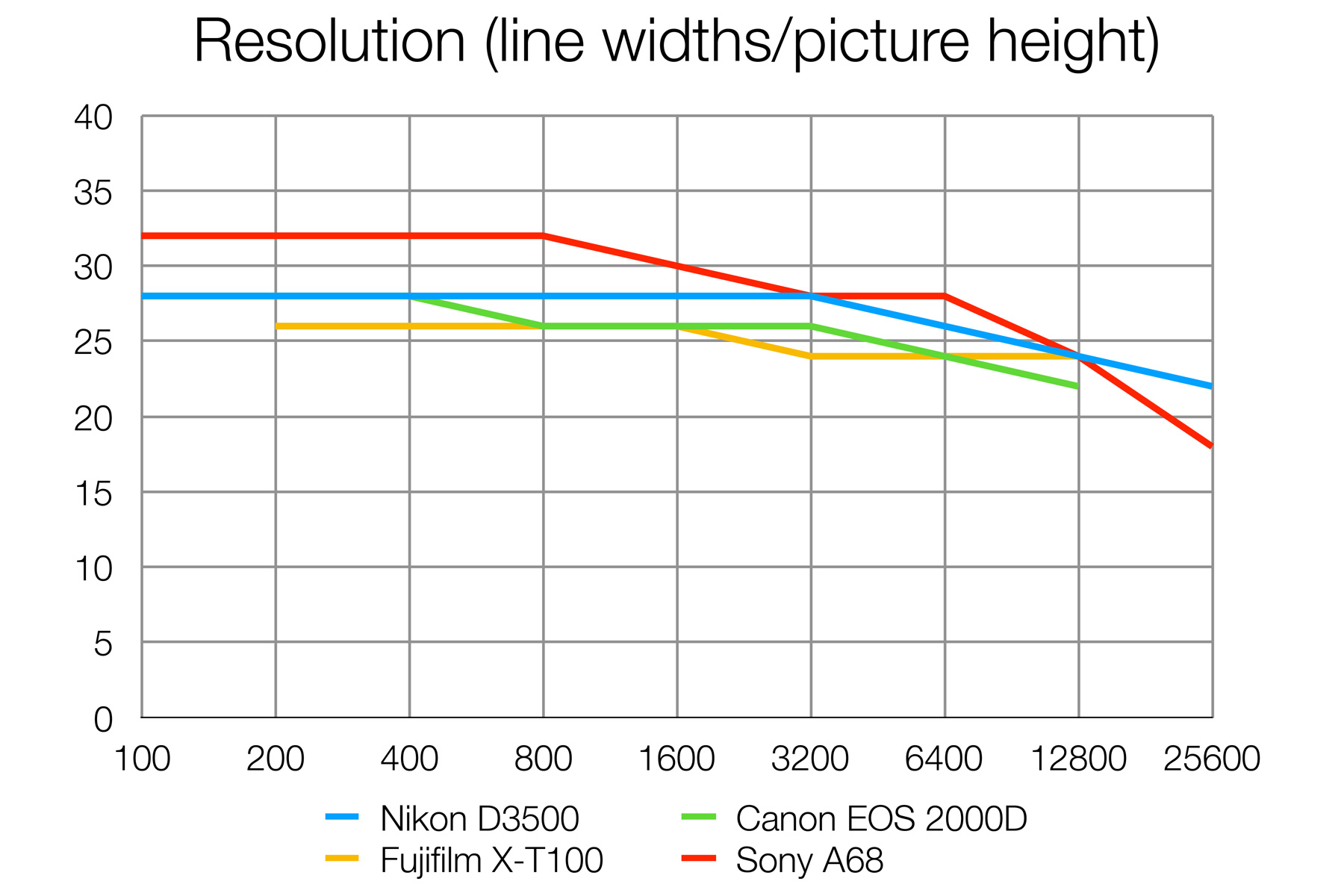
Resolution
Sony’s DSLR-style SLT range may be in decline, but the A68 may yet turn up as a used item. It tops the chart in our resolution test, matching even a low-end full frame camera for resolving power. The Nikon D3500 is in second place, closely followed by the Canon EOS Rebel T7/2000D and Fujifilm X-T100, in that order.
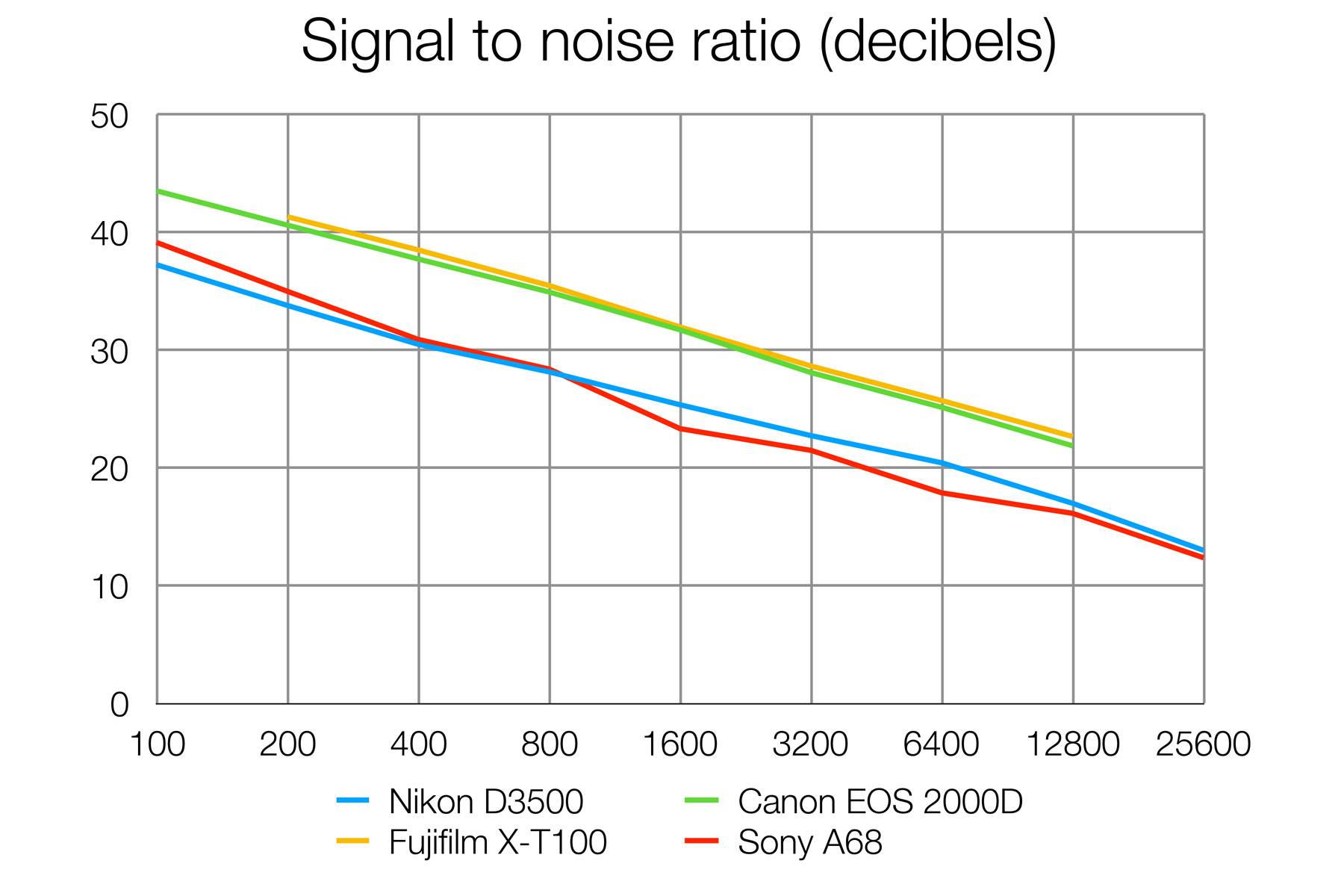
Signal to noise ratio
The Canon EOS Rebel T7/2000D and Fujifilm X-T100 tie for first place here, while the Nikon D3500 and Sony A68 are noisier across the ISO range. We're used to seeing this in lab results for Nikon DSLRs with sensors that have no anti-aliasing filters – the differences are less obvious in real world shots.
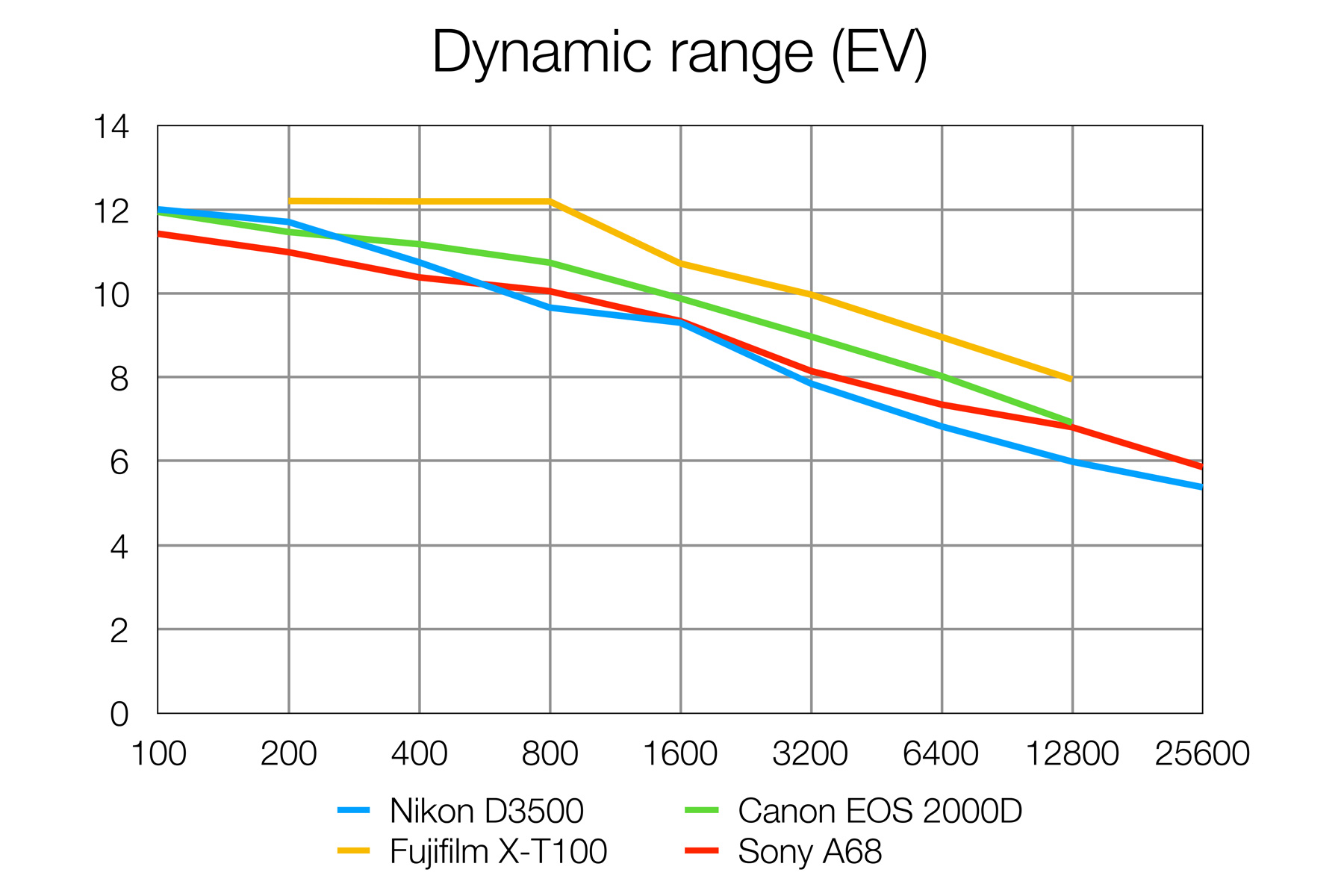
Dynamic range
The Fujifilm X-T100 easily wins for dynamic range in our lab tests, with the Canon EOS Rebel T7/2000D in second place and the Nikon D3500 and Sony A68 very slightly behind.
Verdict
If you've made up your mind to get a DSLR, the Nikon D3500 does face some strong competition in the Canon range. The cheapest of all is the Canon EOS Rebel T100 / EOS 4000D, but it's hard to find now. It was made down to a price and it showed – we didn't like it much at all. The EOS Rebel T7/2000D is closer to the Nikon D3500 in specifications, and an ideal alternative if you're a Canon fan. However, the battery life is worse, its burst mode is slower, and there's no retracting lens option – in fact getting a good kit lens with IS (image stabilization) pushes the price higher still.
The Nikon D3500 does have its limitations, obviously, because of its price and its intended audience, but we think it's easily the best DSLR for beginners right now – and because mirrorless cameras with viewfinders tend to cost more, we'd say it's the best camera for beginners all round. In fact, unless Nikon eventually pulls the plug on its cheapest DSLR, we reckon we'll be saying exactly the same thing five years from now.
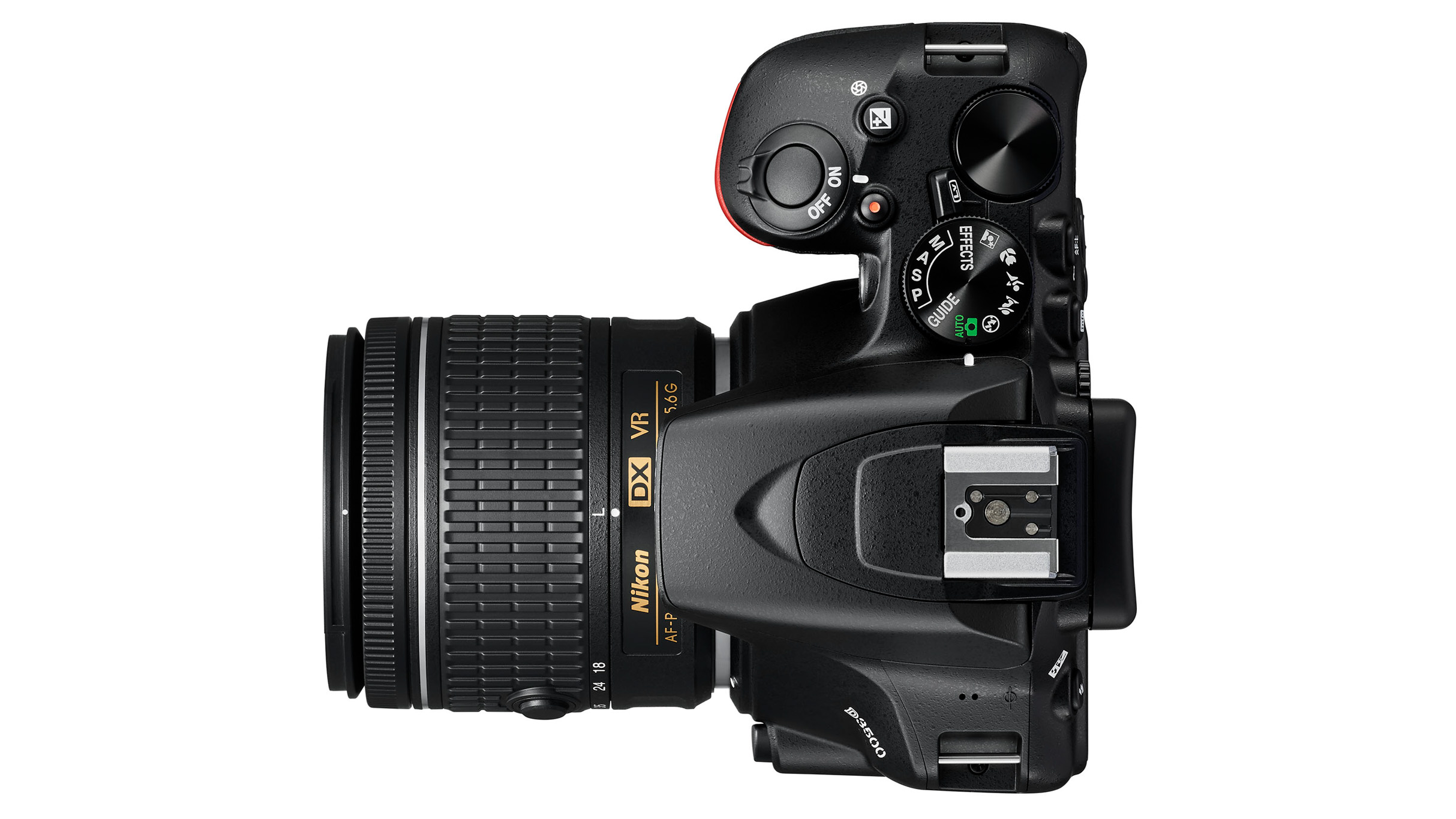
Nikon has done a great job with the D3500, not just when it was launched but in all the time since then. It's taken modest but effective technology, built it into a likeable and affordable camera and kept the price down low enough to make it affordable for beginners. At any one time, you might be able to find a cheaper interchangeable lens camera than this one, but we think you'll have a hard job finding one that's as good.
Read more:
• The best Nikon DSLRs
• The best camera for beginners
• DSLR vs mirrorless cameras
• The best DSLR cameras
• The best cameras for kids
• The best student camera

Rod is an independent photography journalist and editor, and a long-standing Digital Camera World contributor, having previously worked as DCW's Group Reviews editor. Before that he has been technique editor on N-Photo, Head of Testing for the photography division and Camera Channel editor on TechRadar, as well as contributing to many other publications. He has been writing about photography technique, photo editing and digital cameras since they first appeared, and before that began his career writing about film photography. He has used and reviewed practically every interchangeable lens camera launched in the past 20 years, from entry-level DSLRs to medium format cameras, together with lenses, tripods, gimbals, light meters, camera bags and more. Rod has his own camera gear blog at fotovolo.com but also writes about photo-editing applications and techniques at lifeafterphotoshop.com
